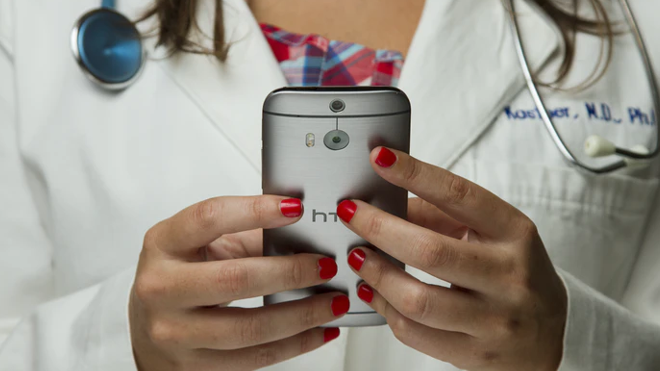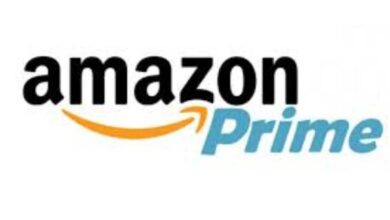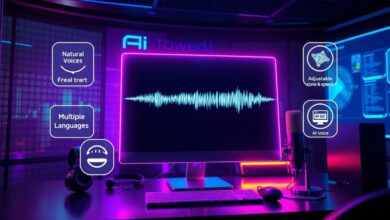Alvin Toffler described technology as the great growling engine of change. With the ever-changing world requiring modern solutions, many people are merging technology with health care.
This digitization aims to utilize information technology to improve treatment planning, organization, and the health care system in general. Developing a health application helps you form, manage, and maintain data according to patient or healthcare organization requirements.
The readily available data in healthcare digitization aids in boosting patient welfare and communication with professionals. With people increasingly relying on these e-health apps globally, you can turn to the advancements in technology to create your ideal health application.
Of course, you also want to keep app security and medical data protection in mind, which you can learn more about at Yalantis.com.
Nonetheless, it is essential to understand different aspects of medical app development to ensure you can build a creative and productive digital solution. You can start by looking at the key features required in a health application.
1. Key Features in a Health Application
A health application should have certain features that make it comfortable to operate, promote self-management behaviors, and enhance the quality of services. Having the following key features ensures you can meet patients’ and medical professionals’ expectations and increase your chances of success with more downloads:
- Convenient Access to Functionalities
- Detailed and Practical Information in layman’s terms and interactive tools
- Easy Interaction with Professionals
- Community/Care Circle
- Combination with Wearable Devices
Read also: The Importance of Nutrition and Exercise for a Healthier Lifestyle
2. Stages to Develop Health Apps
Before developing an app, first, you need to decide what type of e-health app you want to build. You can find two primary kinds of health applications, one for patients and another for healthcare providers. The two types also define your target audience, and you can tailor your application to fit their demands.
App for Users
This e-health app targets patients and general users aiming to have a healthy lifestyle. It helps them receive patient health education, improve their understanding of different health conditions, and monitor their health. They can also use the application as a reminder to follow healthy practices, including exercises to boost nutrition and mental well-being.
App for Healthcare Providers
This application requires highly sophisticated technology since you need to incorporate customized solutions to suit a specific medical institution. Healthcare workers can utilize your e-health app for patient monitoring, professional networking, healthcare reference, and database, doctor-on-demand services, and creating and managing doctor appointments.
You can also develop an e-health application that combines the two user types, creating a community circle that includes patients, medical staff, and extended family. After identifying your target audience, you can accurately identify the functions needed to ensure fast and comfortable interaction between users and your app.
Read Also: 8 Ways For Supporting Loved Ones in Mental Health Crisis
3. What Functions Best Serve Users
Research shows that about 85 percent of Americans own a smartphone, with an increased link to the world of digital information. With smartphone owners of all age groups available, you want to have an application that the users can easily operate and navigate. It is essential to incorporate functions that help them achieve their aim in the shortest time.
First, your app should offer the ability to schedule or cancel an appointment with ease. Patients want to book, change, or cancel a doctor’s appointment without spending too much time on the phone trying to figure out how the app works.
Secondly, users want easy access to medical records, allowing patients and physicians to improve interactions and ensure better health care. Your e-health app should have interactive tools, use layman’s terms, and organize information that seamlessly enables the patient to look through a pool of information about a particular health condition.
Finally, you want your health application to enable patients to request prescriptions. Generally, many people favor emails and texting over phone calls for long-distance communication. As such, your app will best serve the user when it facilitates efficient online communication and supports e-prescriptions.
Ideally, you want to have all three functions in your app for enhanced usability and convenience for patients and medical professionals.
4. Privacy and Compliance Research
Since an e-health application requires you to collect, process, or maintain personal information, you need to start by conducting your privacy and compliance research. It would be best to incorporate safeguards relevant to the degree of risk from disclosure that facilitate data security and confidentiality of identifiable data.
5. How to Identify Which Platforms and Devices to Support
Creating a native app over a hybrid app lets you deliver first-rate usability and a superior overall experience to users. Going cross-platform via hybrid apps can cause challenges in developing sophisticated functions such as live video conferencing streaming. The native app is suitable for iOS, Android, and WP devices, with Android supporting 160 devices, iOS 9 supporting 15 devices, and Windows Phone 8.1 working on 100 devices.
Notably, iOS apps have strict moderation with certain regulations addressing how your app should behave to access the Apple marketplace. Although Google Play also has its guidelines, they have a weaker moderation system.
6. Security, APIs, and Agile in a Medical App
APIs enable the patient to transfer from one place to another with his or her medical data, making it easier to track the health history wherever the app user is. Physicians benefit from APIs since they gain more insight into a patient’s health for better treatment and guidance.
Agile methodology helps most healthcare organizations to capture different features and factors that matter most to end-users, including patients and medical professionals, prioritizing the delivery of those elements.
When you blend Agile’s flexibility and receptiveness to change with APIs, app users can conveniently move to different places with vital background information accessible on the medical app for better healthcare solutions. With personal and sensitive information on the app, integrating solid security measures for data protection, such as healthcare encryption, enables your app to guard information in transit, at rest, or roaming multiple network connections.
7. Make Your UI/UX Design Accessible
Excellent User Experience (UX) and User Interface (UI) combine usability, graphic design, and accessibility to allow everyone to utilize your app, whichever way the user encounters it. A user-friendly interface makes it easier for all age groups to maneuver the health application, saving time and effort.
Read Also: Key Differences and Tips To Understand UX and UI
8. Creatively Sneak Up on Users
Besides, you can incorporate extra elements such as wider multilingual coverage and decreasing unnecessary data collection to offer additional benefits and confidence to your app users. Sneaking up on users with feature upgrades that differentiate you from standard medical apps is a good way of elevating UX while conveniently marketing your app.
Read Also: Best Android emulator for PC
9. How Much Does it Cost to Create a Health Application?
Creating a health application is expensive, costing you approximately $425,000 on average to develop the app from the pre-build stage to launch and maintenance. Digital health apps for one platform require around $45,000-$80,000, whereas complex applications for multiple platforms cost anywhere between $80,000 and $120,000.
10. Cost of Getting in the Market
You need to purchase a developer account before submitting your health application into an app store, with Apple charging about $100 for this service and an additional $299 to get the Enterprise Program. Conversely, Google Play offers more pocket-friendly rates of around $25 for the developer account. If you intend to develop a hybrid health application, you will have to pay to all the marketplaces you wish to publish your app.
In conclusion, the healthcare industry is quickly adopting new technologies to enhance healthcare provision and solutions. Understanding user needs and expectations in a health application can aid you in developing an e-health app that meets these demands. In addition, knowing different software methodologies and available platforms ensures you can find the ideal design and marketplace for your creation.






